It’s back to school time again, an exciting period for both parents and children! With a new season of school beginning after a lengthy break, it’s time to think about how your kids will be getting to school this year and how to keep them safe.
Whether you plan on driving your kids to school yourself, sending them on a school bus, or having them walk, there are a few things you need to think about to keep them safe and on schedule!
If you plan on driving your kids to school or having them catch the bus
Know your bus stops and times
If your kids will be taking the bus back to school, make sure you know their pick-up spots and schedule and nothing has changed from previous years. Schools are generally pretty good about communicating this kind of info to parents, but it never hurts to send a quick email to confirm the details. The last thing you need is your child waiting on some corner for a bus that never comes!
Drive safe and slow
Taking your kids to school means you’ll be sharing the road with not just with the usual motorists, but with other parents, buses, and student pedestrians all heading the same way. Be sure to pay close attention to traffic and crosswalks, stick to the speed limit (particularly in school zones), and watch for kids who might wander off the sidewalk and into traffic. Always obey school bus stop signs (no passing under any circumstances, even in the oncoming lane) and crossing guard directions.
Obey no parking zones and other signage
Ducking into a no parking zone or an otherwise off-limits area for “just a quick second” to drop the kids off is something you should avoid. While it might seem like a harmless convenience, those areas are marked off for a reason. They may be bus parking spots, emergency routes, or important access routes, don’t block them off.
In the unfortunate event that an accident occurs and your child is injured, you need the financial support to secure the best possible care for your child (including medical treatment not covered by OHIP and the ability to take time off to be there for your child). Staebler Insurance is proud to be the exclusive broker of Student Accident Insurance for the Waterloo Region District School Board, the Bruce-Grey Catholic District School Board and several more separate and private schools.
This insurance is designed to protect your family from financial catastrophe in the event of an accident and includes benefits that are not available through your normal group or private plan.
If your kids will be walking
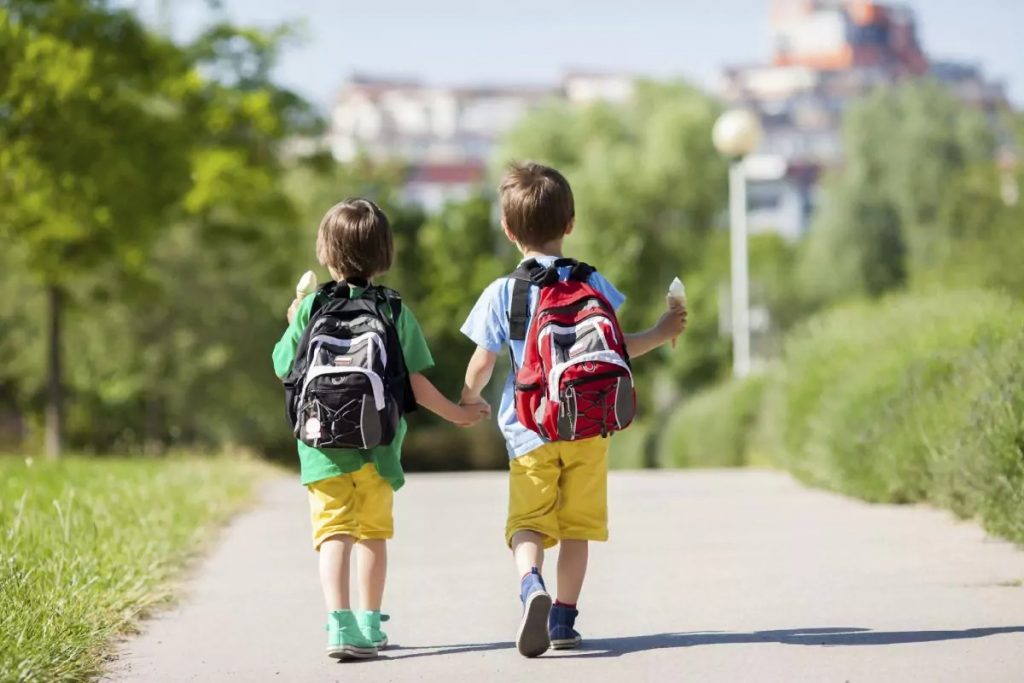
Plan your route
Before the school season starts, parents should help their kids plan their route and walk it with them once or twice. Not only will this help your kids stay on the right track and not get lost, it’s also a good way to identify potential hazards and time out how long the trip takes. Being able to spot homes with loose dogs, busy intersections, or low-trafficked areas where your children may be isolated and vulnerable ahead of time is far better than finding out about these hazards later. You can always adjust your route accordingly which will help keep your kids safe and put your mind at ease.
Keep your ears open
Avoid distractions while walking. Make sure your kids know to put away their cell phones or game systems and concentrate on the walk. If they like to listen to music, be sure that they are keeping the volume low and are staying aware of their surroundings. Some MP3 players and headphones for children are specifically built to only go up to a certain volume or have parental settings for the maximum volume. If your kids really love their music, it might be a good idea to pick up one of these options!
Brush up on the basics
It never hurts to refresh your kids on the basic road rules before they head back to school. Stop at the curb before crossing, look left and right then left again for coming vehicles, and never jaywalk. Remind them not to cut across parking lots by walking between cars which will make them hard to see for any motorists trying to park.
Safety in numbers!
Any of your kid’s friends or classmates live in your neighborhood? Have them walk together! Traveling in a group is always safer than walking alone and can help turn the morning commute into a fun social interaction.
Staying safe without a sidewalk
If you live in an area where sidewalk coverage is spotty, or if your route involves additional hazards such as a bridge or rail tracks, teach your kids the safe practices involved with them. When walking without a sidewalk, travel towards oncoming traffic so you have a chance to see and react to any inattentive motorists. On bridges, always walk close to the rail and away from traffic – never, ever play around with throwing things off the bridge or any kind of playful shoving or horsing around. When near rail tracks, always keep well away from the rails and only cross at dedicated crossing points when it is clear and safe.
Check the weather
Is it going to rain? Be sure your kids not only have their umbrellas and boots, but are dressed in bright colours or even wearing reflectors. Storms and showers impair visibility so its extra important to stand out when the weather turns sour. This is true for heavy snowfall and drifts as well. Be sure your kids are dressed warm on winter days and think about how visible they are.
Reinforce “stranger danger” lessons
Be sure your kids know what to do if they are approached by a stranger who asks if they’d like a ride or want to come into their home. Your kids should know that they should never go anywhere with a stranger, and to keep aware of potentially dangerous situations. The “no, go, yell, tell” technique is a good basic principal for dealing with strangers that make them feel uncomfortable or uneasy. Kids should say no, run away from the stranger, yell as loud as they can, and tell a trusted adult about the incident as soon as possible. Make sure they know safe places they can go alone their walking route if they feel threatened, such as local businesses, the homes of family members or friends, and public buildings where they can ask someone for protection and a telephone.
Once you’re at school, be safe there!
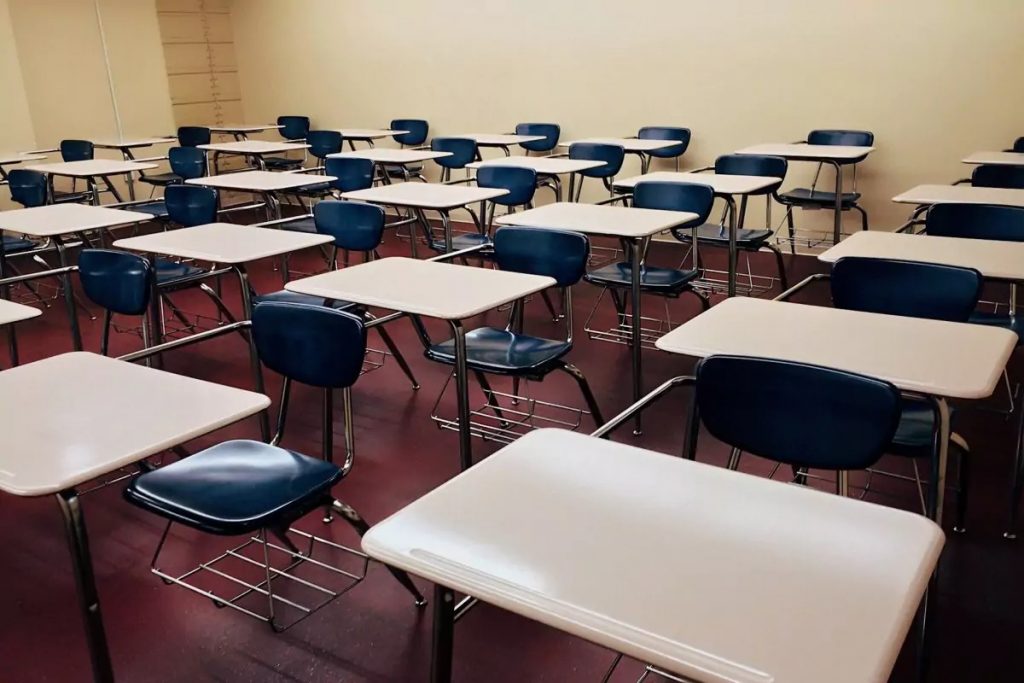
Review your emergency plan and school policies
You should have a plan to deal with any emergencies such as a fire or evacuation at the school. Your kids should always have your contact info with them and know where to meet if separated. Schools have their own emergency plans which they will go over with students and drill, but it helps as a parent to understand these plans as well in case you ever need to come and pick your kids up or find them in a chaotic situation.
Teach your kids good judgment on the playground
Your children are far more likely to suffer injuries through a playground accident than any kind of commuting accident or serious emergency. Unfortunately, it’s impossible for you or any teacher to always be there and watching your child every second of every recess or lunch, so it’s important that you teach your child to make safe choices on their own. Teach them to only play with equipment in the way it is intended to be used and to not participate in potentially dangerous or risky behaviour.
Be aware of in-class dangers
Stress the importance of awareness and caution in science and technology classes where they may interact with chemicals, glass, blades, or heat sources. While schools do everything in their power to provide a safe environment to teach children the skills they need in life, accidents do happen and the best defense against them is the students themselves acting in a responsible and danger aware manner.


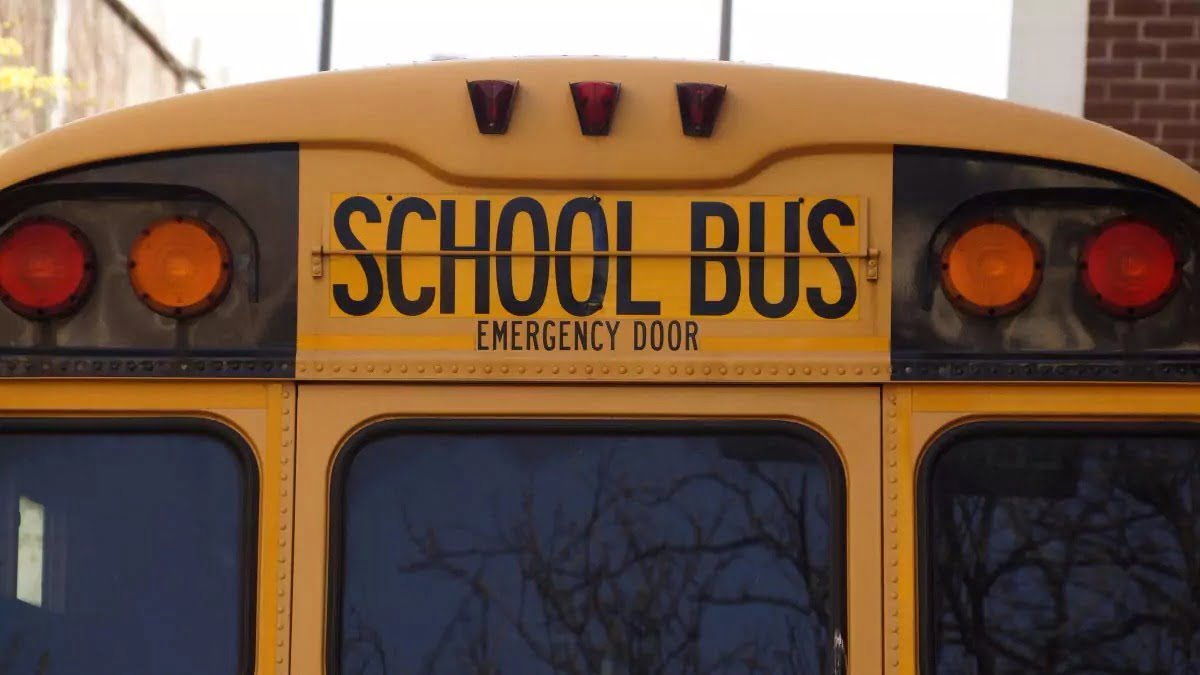

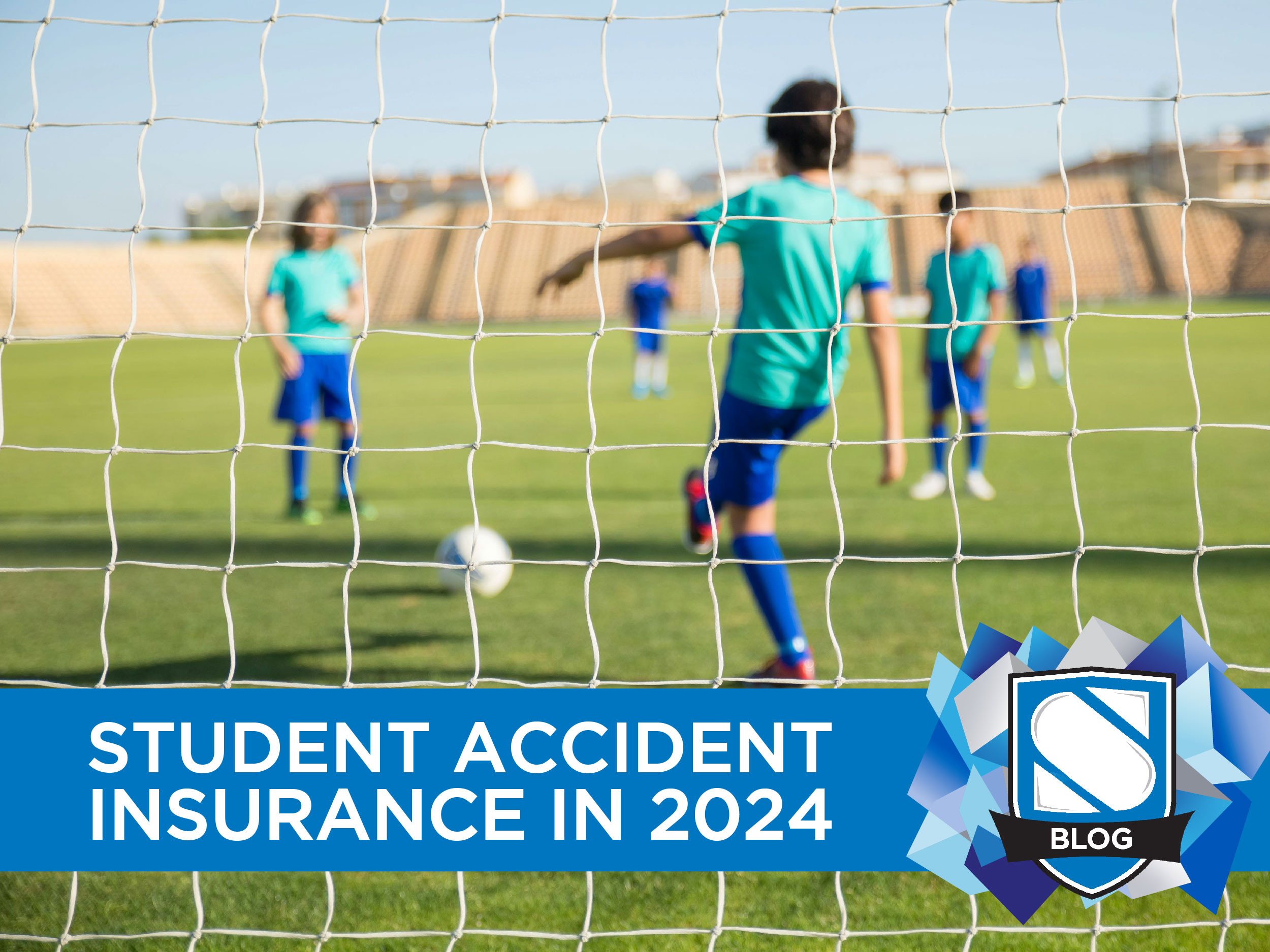
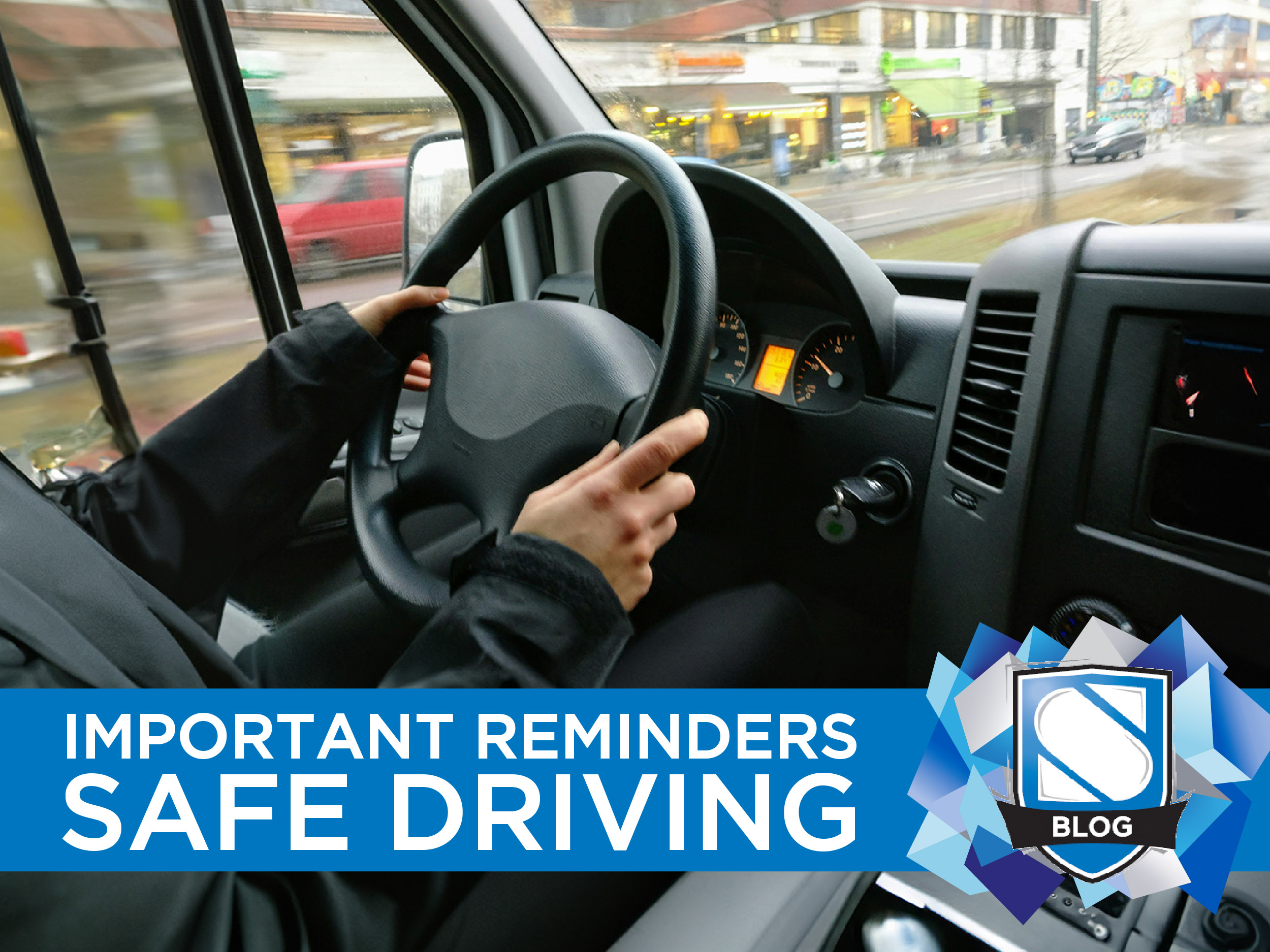
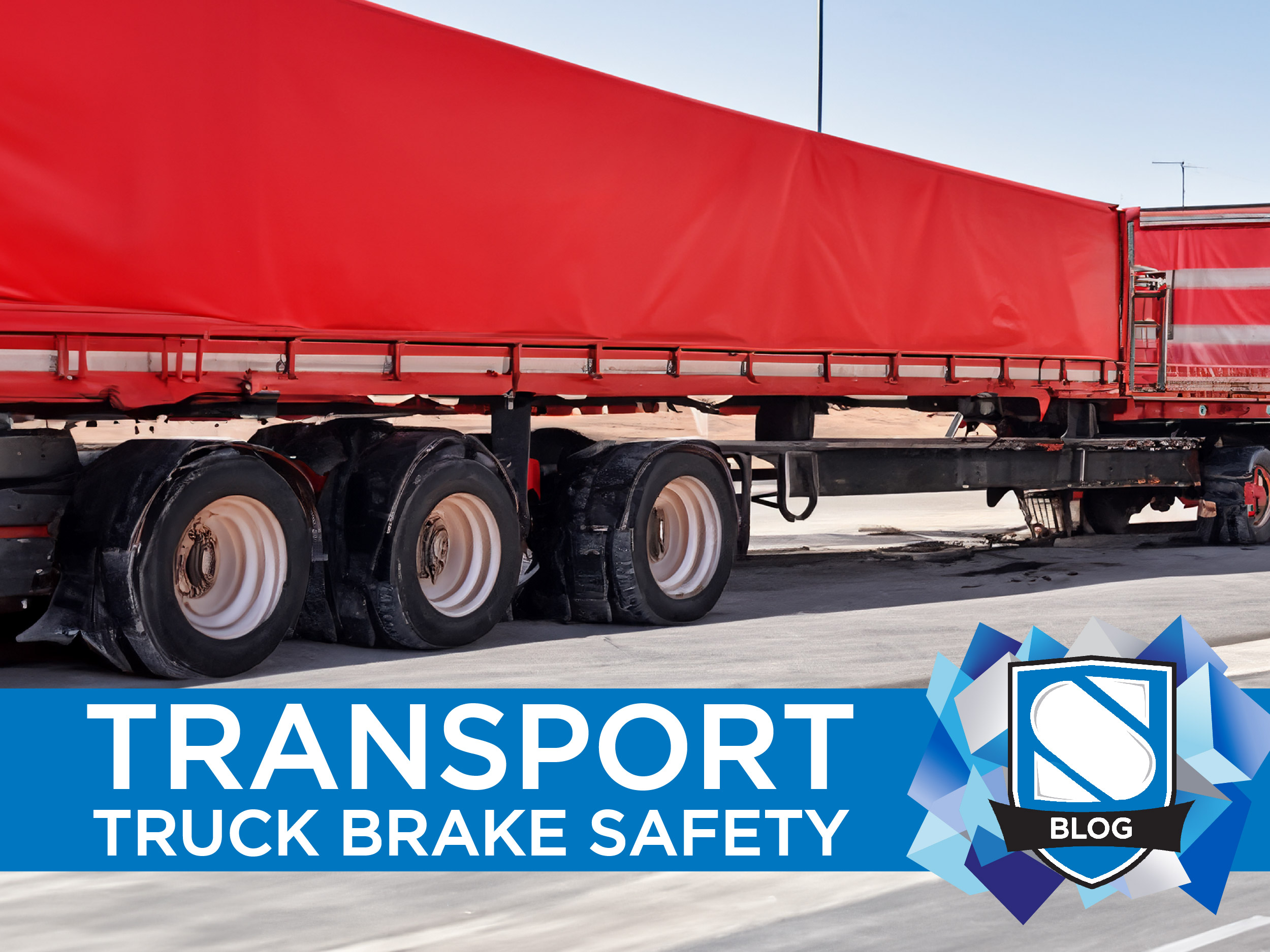
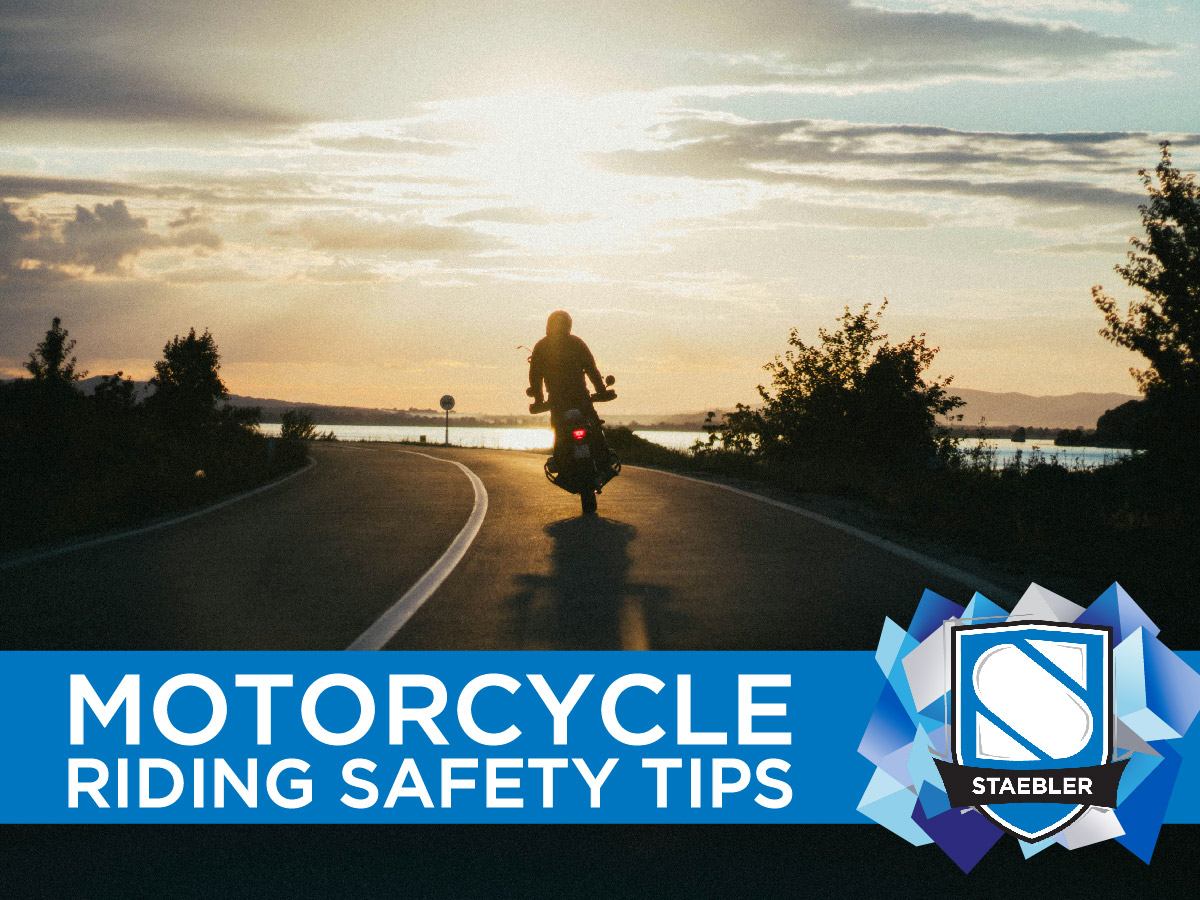
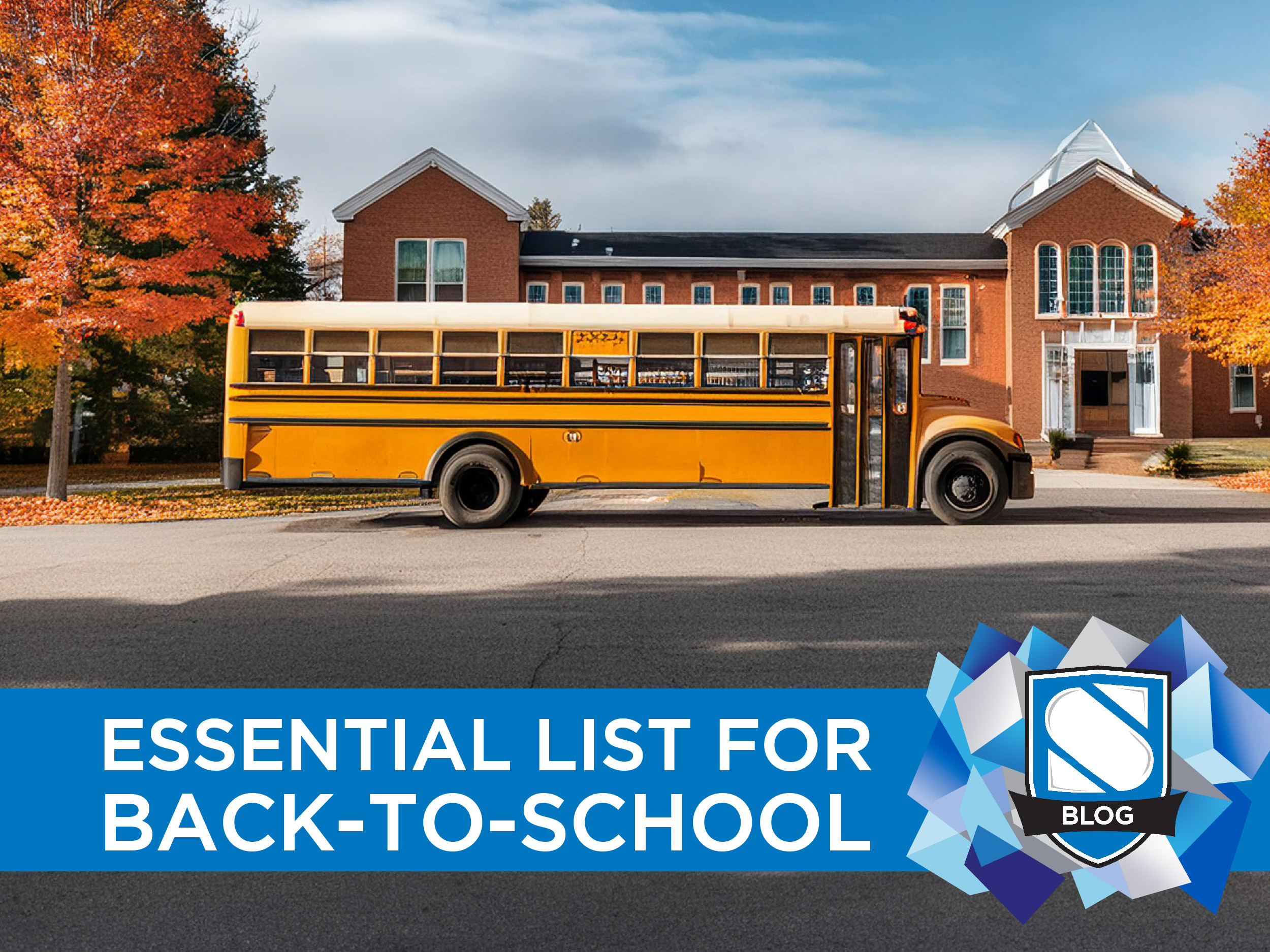
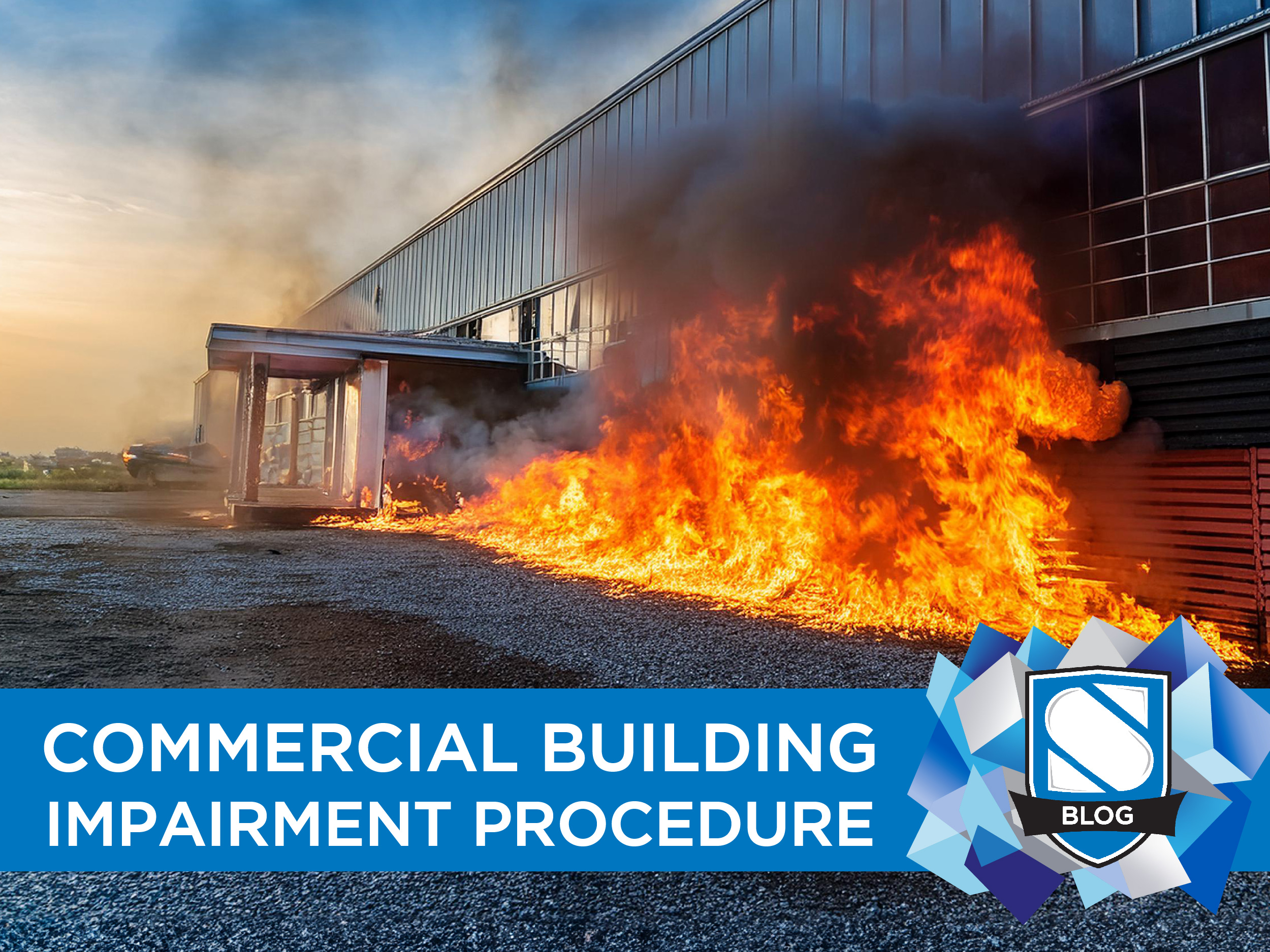

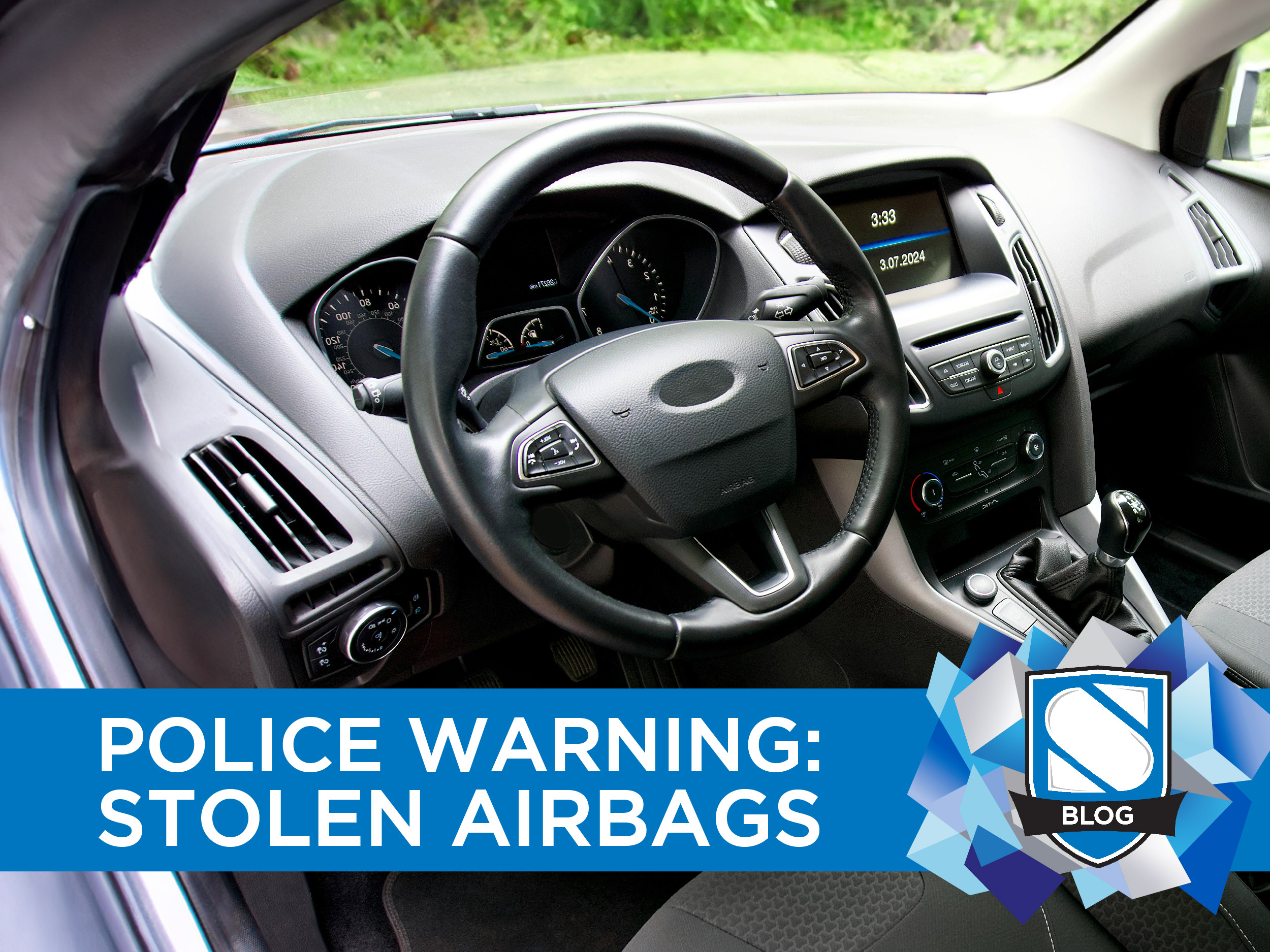
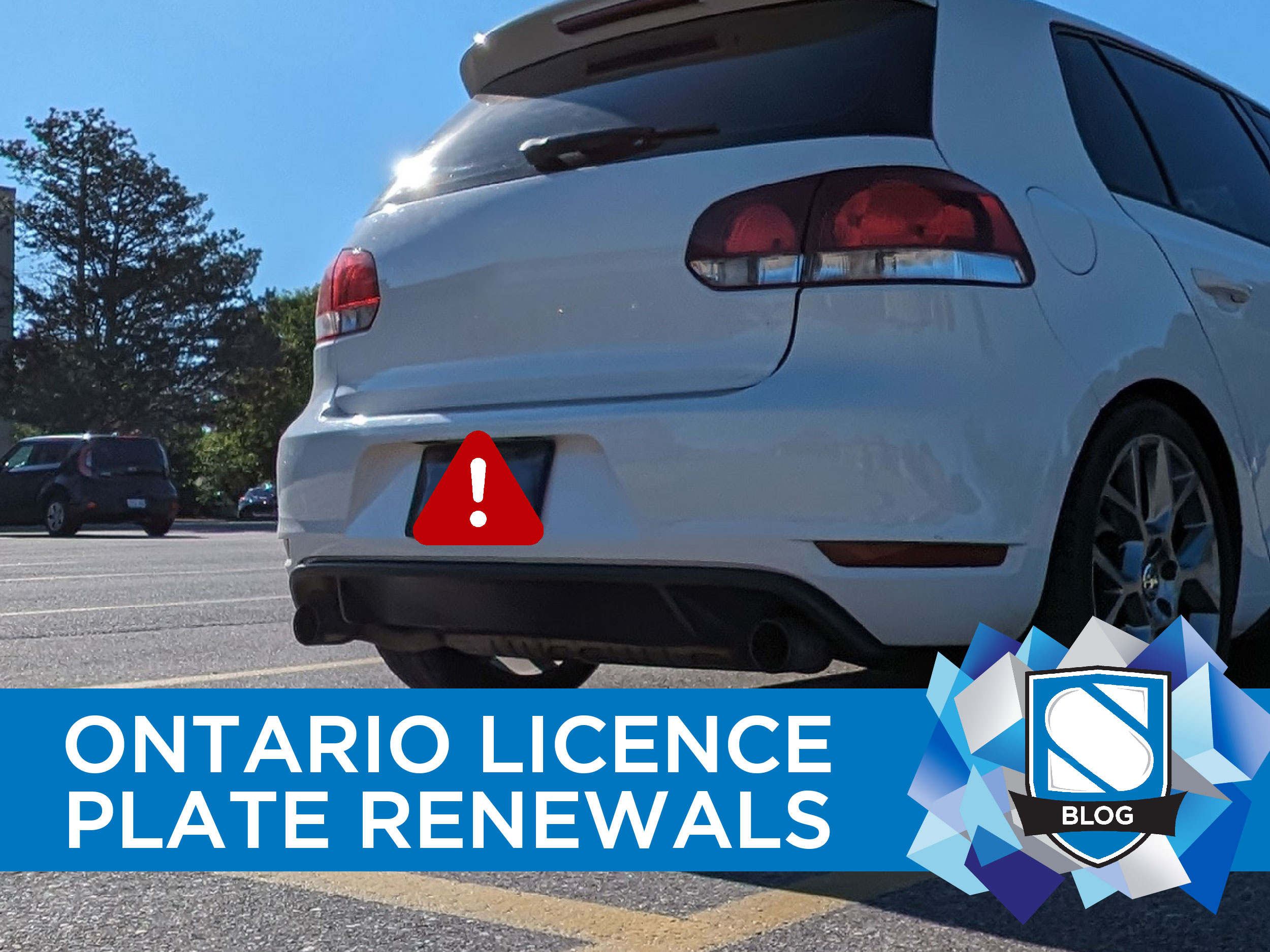
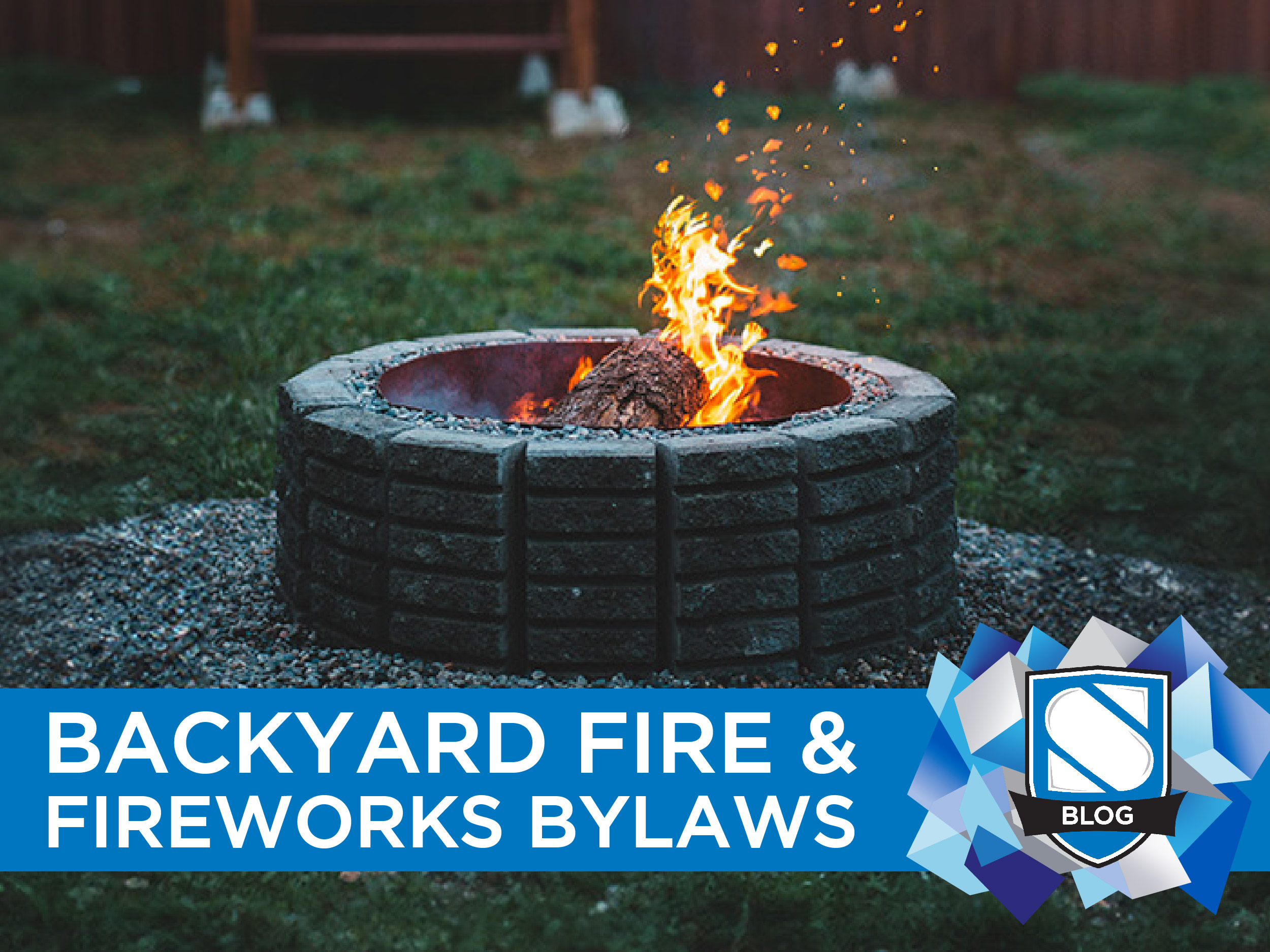
0 Comments